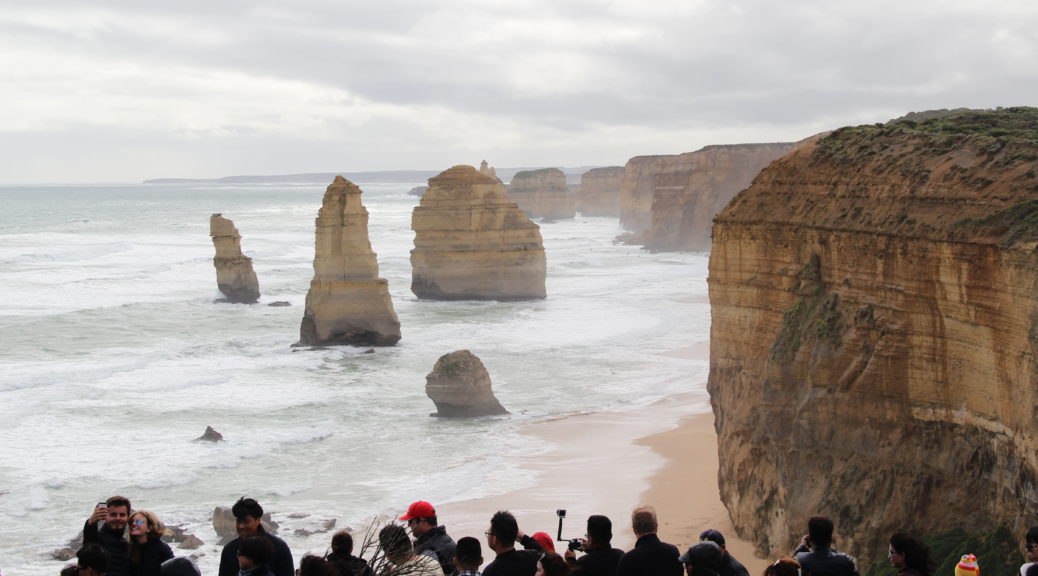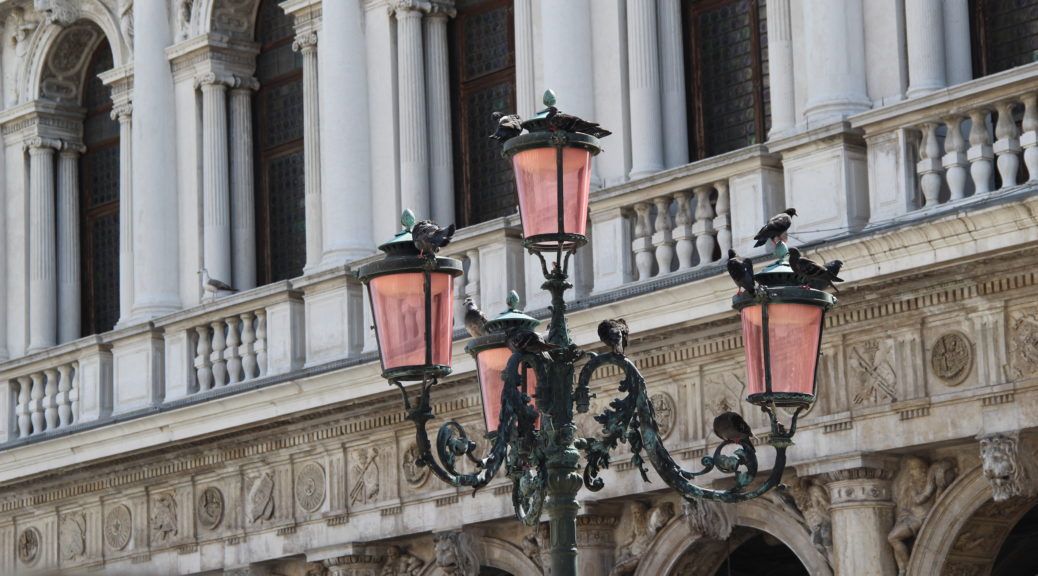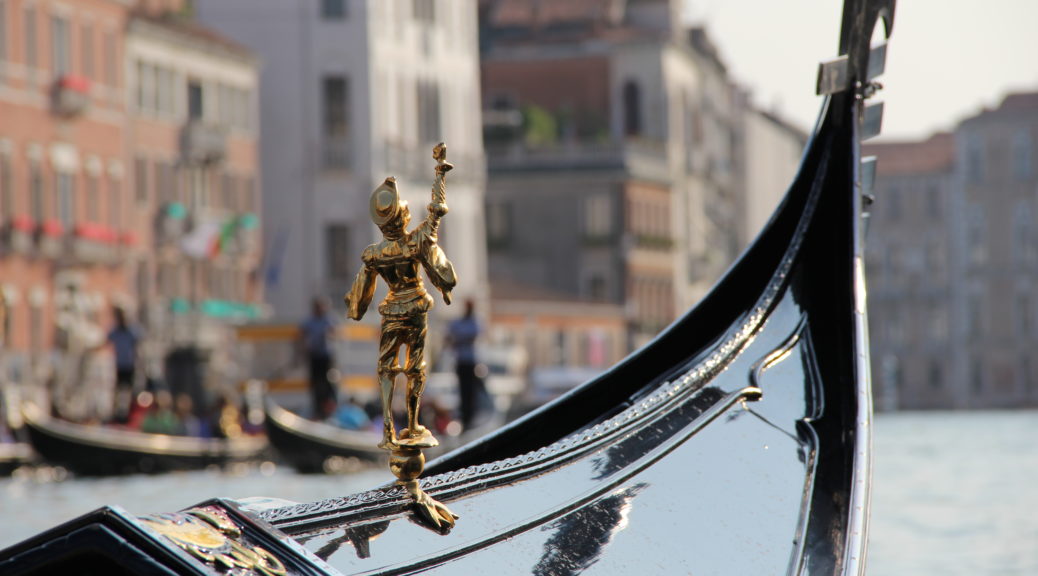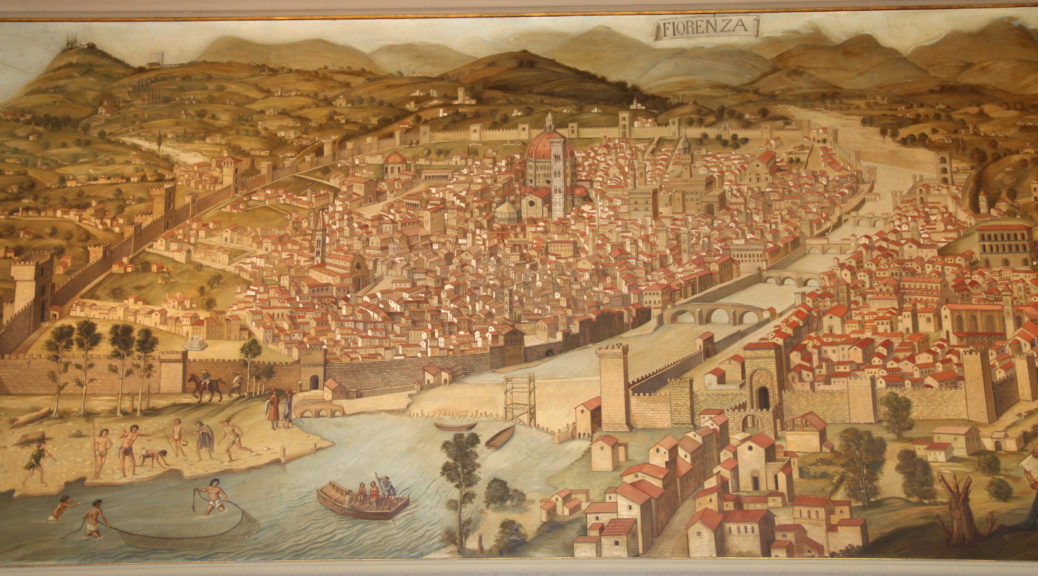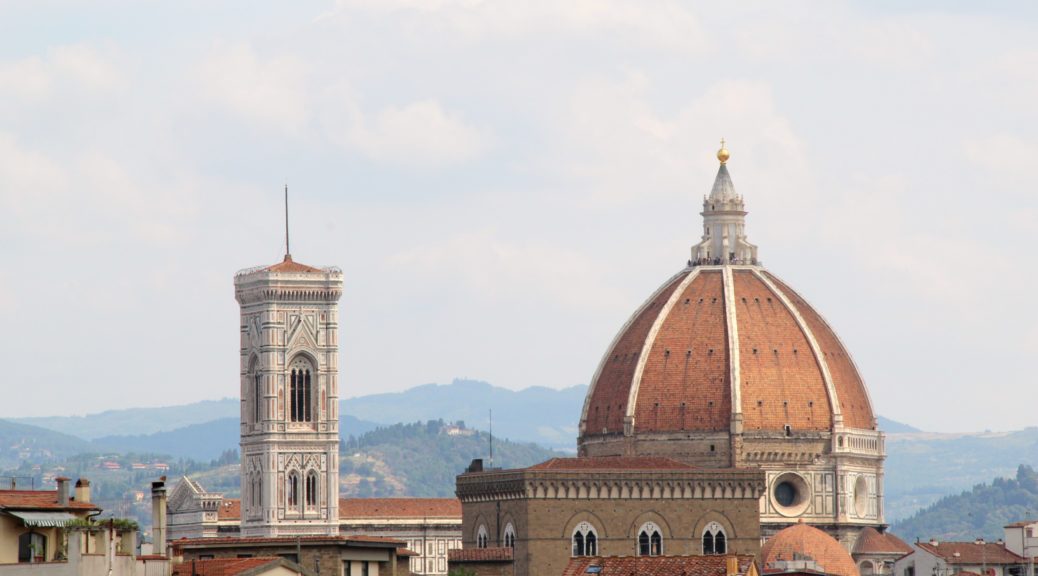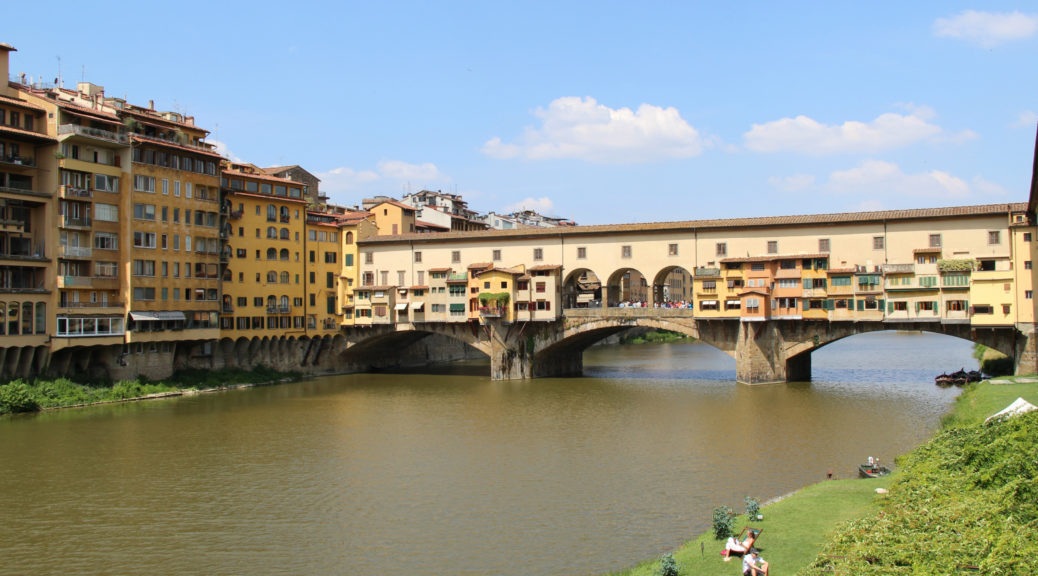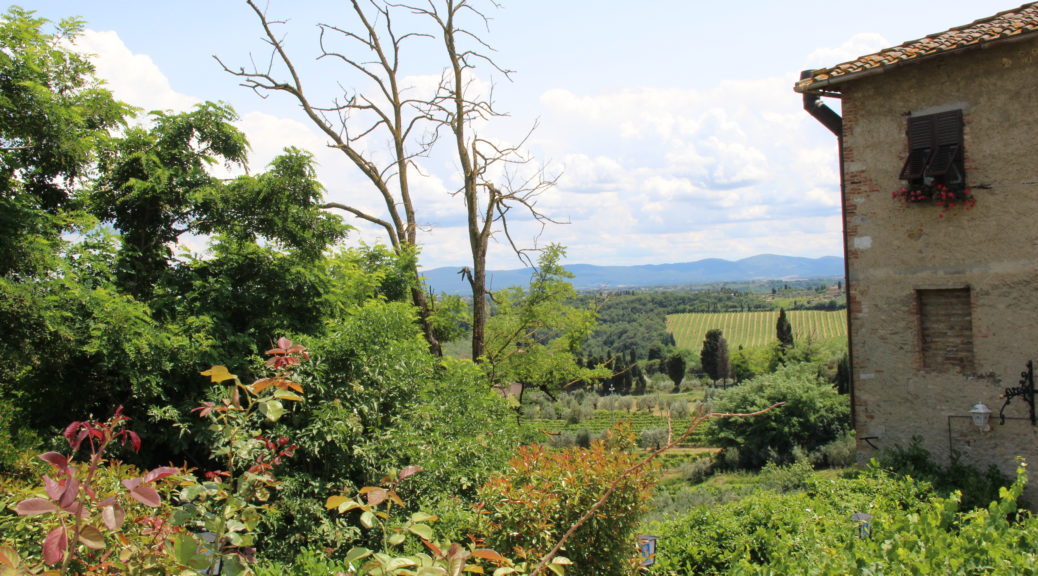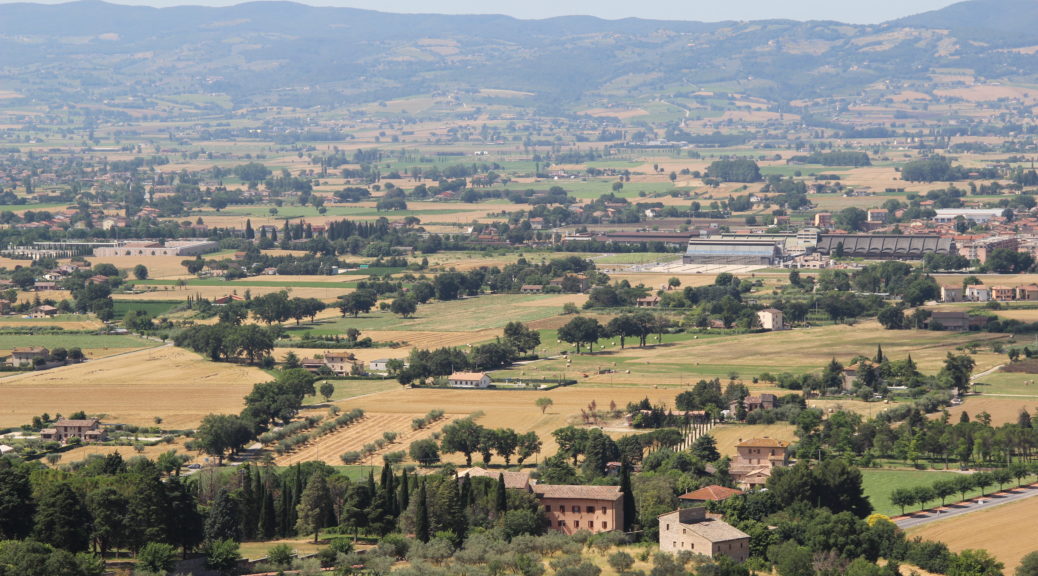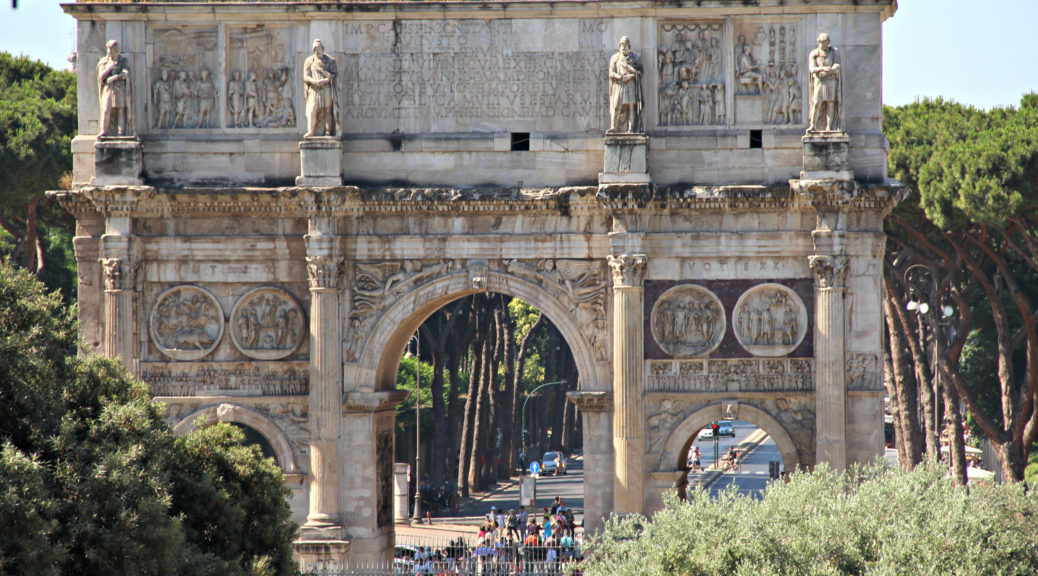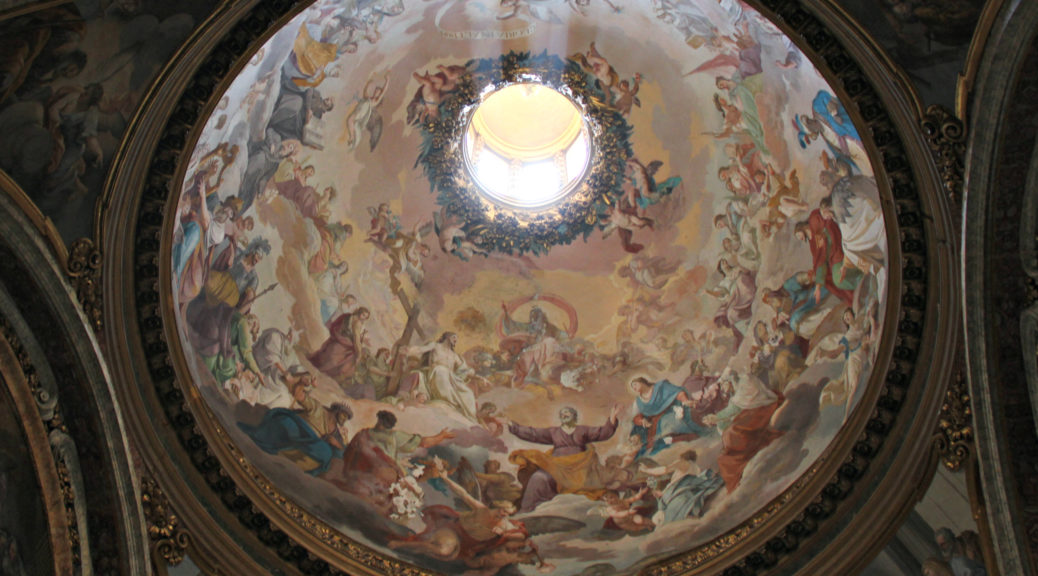Independent Day Trips
We recently returned from Tauck’s Grand Australia and New Zealand tour. In my first post, I would like to share the independent trips we booked during our free time. We arrived in Melbourne two days before our tour was scheduled to begin. Before leaving home, I had booked the Great Ocean Road Tour through Go West Tours. It was a long day, but well worth the time spent. The Great Ocean Road Tour took us along the southeastern and southern…
